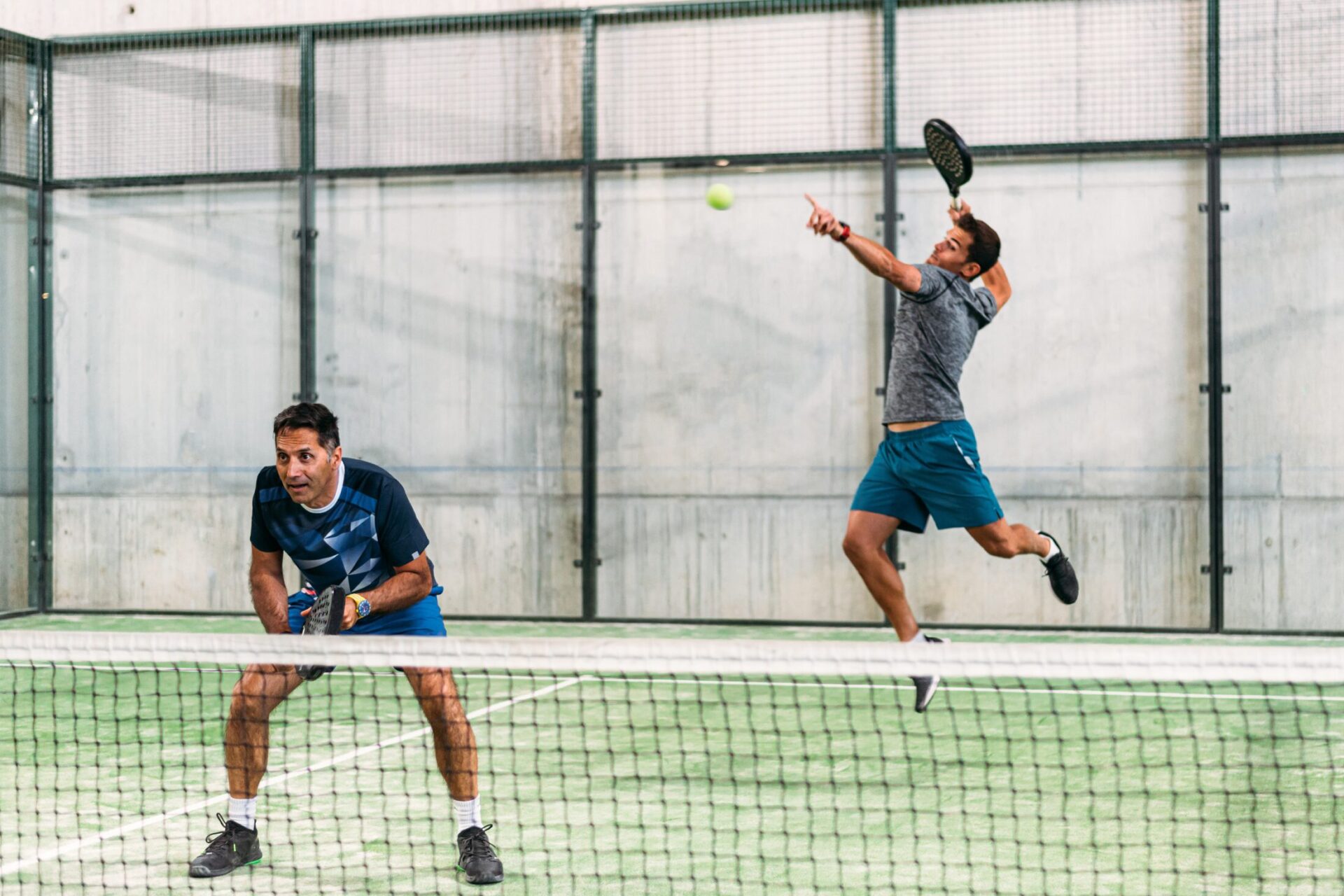Padel is one of the fastest-growing sports globally, combining elements of tennis and squash to create a unique, exciting game. While it may seem like a recent trend, padel has a fascinating history that dates back decades. From its creation in Mexico to its booming popularity in Spain and Argentina, padel has evolved into a global phenomenon.
In this article, we’ll explore padel’s origins, its journey across continents, and how it’s becoming increasingly popular in countries like the USA. If you’re new to the sport or simply curious about its history, this guide will give you all the details you need to appreciate padel’s rise.
The Birth of Padel: Mexico in the 1960s
Padel was born in Mexico in 1969, thanks to Enrique Corcuera, a Mexican businessman who loved racket sports like tennis and squash. Corcuera modified a squash court at his home in Acapulco, creating a new sport that blended elements from both games. He enclosed the court with walls, making the game more accessible and fun.
One key change Corcuera made was the introduction of the underhand serve and the use of the walls during rallies, which slowed the pace of the game and made it more strategic than tennis. This innovation allowed people of all ages to enjoy padel without needing the physical demands of tennis.
Fun Fact:
Corcuera originally called the game “Paddle Corcuera,” before it evolved into padel.
Padel’s Arrival in Spain: 1970s Growth
Although padel started in Mexico, it didn’t gain international popularity until it reached Spain. In the early 1970s, Spanish entrepreneur Alfonso de Hohenlohe tried padel while visiting Corcuera in Mexico. Enamored by the game, he brought it back to Spain and introduced it at the Marbella Club, a luxury resort on the southern coast of Spain.
Hohenlohe built two padel courts at the Marbella Club in 1974, and the sport quickly gained popularity among Spain’s elite. Its social nature—played in doubles—combined with the relatively small court size and strategic use of walls, made it a perfect fit for Spain’s laid-back lifestyle.
By the 1980s, padel had become a mainstream sport in Spain, expanding beyond the wealthy to the broader public.
Why Padel Took Off in Spain:
- Social appeal: The doubles format made it fun for groups of friends and families.
- Less space required: Courts are smaller than tennis courts, making them easier to build.
- Easy to learn: Beginners could enjoy the game immediately due to simple rules.
Padel’s Boom in Argentina: The 1980s and 1990s
After gaining traction in Spain, padel made its way to Argentina in the early 1980s, where it became a massive hit. Economic challenges in the mid-1980s made tennis—a previously dominant sport—less affordable for many Argentinians. Padel, being cheaper to play and easier to access, quickly filled the gap.
By the 1990s, padel had become a national obsession, with over 2 million players and around 10,000 padel courts across Argentina. It became a sport for everyone, from casual weekend players to serious competitors, leading to the establishment of professional leagues and tournaments.
Key Reasons for Padel’s Success in Argentina:
- Affordability: Cheaper than tennis, making it accessible during economic downturns.
- Social fun: Like in Spain, its doubles format fostered a sense of community.
- Longer rallies: The game’s use of walls kept rallies going, making it engaging for beginners.
Global Expansion: 21st Century
With Spain and Argentina leading the way, padel expanded throughout Europe and Latin America in the early 2000s. Spain became the center of professional padel, hosting major tournaments and establishing the World Padel Tour, the sport’s premier professional circuit.
Padel’s growth in countries like Italy, France, and Portugal surged, with national federations emerging and the sport being recognized by major international sporting bodies. The International Padel Federation (FIP), founded in 1991, helped spread padel across Europe and the Americas.
Fun Fact:
By 2020, Spain had over 20,000 padel courts, making it the country with the most courts in the world.
Padel’s Rise in the USA
While padel took longer to catch on in the United States, the last decade has seen significant growth. Tennis clubs and fitness centers have started adding padel courts, particularly in Florida, California, and New York. Miami, with its large Latin American community, became a hub for the sport, attracting attention from American players.
Padel’s growing popularity in the USA is driven by its easy learning curve and fun, social gameplay. Players appreciate that it’s less physically demanding than tennis, but still offers a fast-paced, full-body workout. Its unique use of walls and smaller courts make it accessible for all ages and fitness levels.
Why Padel Is Growing in the USA:
- Accessibility: Easier to learn than tennis, suitable for all ages.
- Social fun: Doubles format encourages social interaction.
- Growing visibility: Celebrities and athletes have begun playing and promoting the sport.
The Future of Padel
Padel’s momentum continues to build, with new courts popping up across the globe, from North America to the Middle East. The World Padel Tour continues to grow in popularity, drawing large crowds to its tournaments. As more people discover the sport, especially in the USA, we can expect to see more local competitions and professional leagues forming.
Future Outlook:
- More courts: With padel’s popularity growing, more courts are being built, making the game accessible in more regions.
- Professional growth: The rise of leagues and tournaments around the world will help establish a global professional circuit.
- Increased media coverage: With more visibility, the sport is poised to gain a wider audience.
Conclusion: A Global Phenomenon
From its origins in Mexico to its explosion in Spain and Argentina, padel’s rise is a remarkable story of a sport that perfectly blends social interaction, strategy, and accessibility. Today, padel is more than just a trend; it’s a global phenomenon with millions of players worldwide.
As padel continues to grow, particularly in the United States, there’s never been a better time to grab a racket and hit the court. Whether you’re a seasoned tennis player or new to racket sports, padel offers something for everyone—and its future looks brighter than ever.
With its rich history and ever-expanding community, padel is here to stay.







